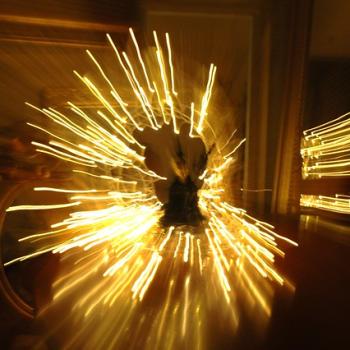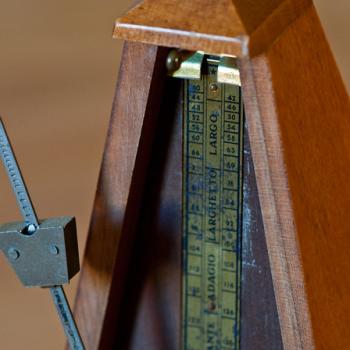Cyprian Consiglio is a musician and composer, spiritual teacher, and Camaldolese Benedictine monk; he is part of the same branch of the Benedictine family to which I am connected as a lay oblate.
Brother Cyprian begins Prayer in the Cave of the Heart by acknowledging the growing hunger for interiority in our world, and our culture, and that the interior way often goes against our natural grain as people. Our senses draw us outward, and we rarely think to look into ourselves. He writes that, more and more, monks are coming to understand that it is their obligation, and privilege, to share the fruit of the interior journey with others.
One approach to the interior journey is to slowly and gradually filter through the content of the unconscious mind; paying close attention, pondering and analyzing each dream and each symbol. This is the approach of modern psychology, as well as mystics of various traditions for whom God’s revelations rise up from deep levels of their consciousness. Cyprian’s journey, and his book, rely on the other approach, the via negativa. This approach views the “clues” on which the first approach depends as distractions, and focuses on union with the deepest image of God within us. The differences in these approaches shape the prayer lives of the people who rely on them,
Prayer in the Cave of the Heart includes sections which address what Jesus and Paul each said or wrote about prayer, continual prayer as practiced by the Desert Mothers and Fathers, “pure prayer,” the soul’s ascent through the depths of union with God, the relationship of the mind and the heart in prayer, Lectio Divina, and the Beautiful Names of God. He explores the connections between contemplation and meditation, examines various ways to deal with the “monkey mind” of wandering thoughts such as sacred words and mantras, and discusses the profound truths of apophatic theology.
Brother Cyprian writes openly and accessibly about the interior life, drawing on resources from a variety of spiritual traditions. Each chapter thoughtfully reflects on a particular aspect of prayer and includes thoughts drawn from scriptural sources, Christian history and writers, Jewish thinkers, Muslim contemplatives, psychology, Buddhist teachers, and Hindu practices. Each chapter concludes with Questions of Method, which address tangible points of practice.
Prayer in the Cave of the Heart is a resource of tremendous potential for spiritual directors of various traditions, people interested in contemplative prayer, and anyone who seeks to grasp deep truths about prayer. I have read from it as I facilitate a centering prayer group, and recommended it to several people with whom I meet as a spiritual director.
What draws you to the via negativa? What draws you away?
Yes, this is my 100th post!












